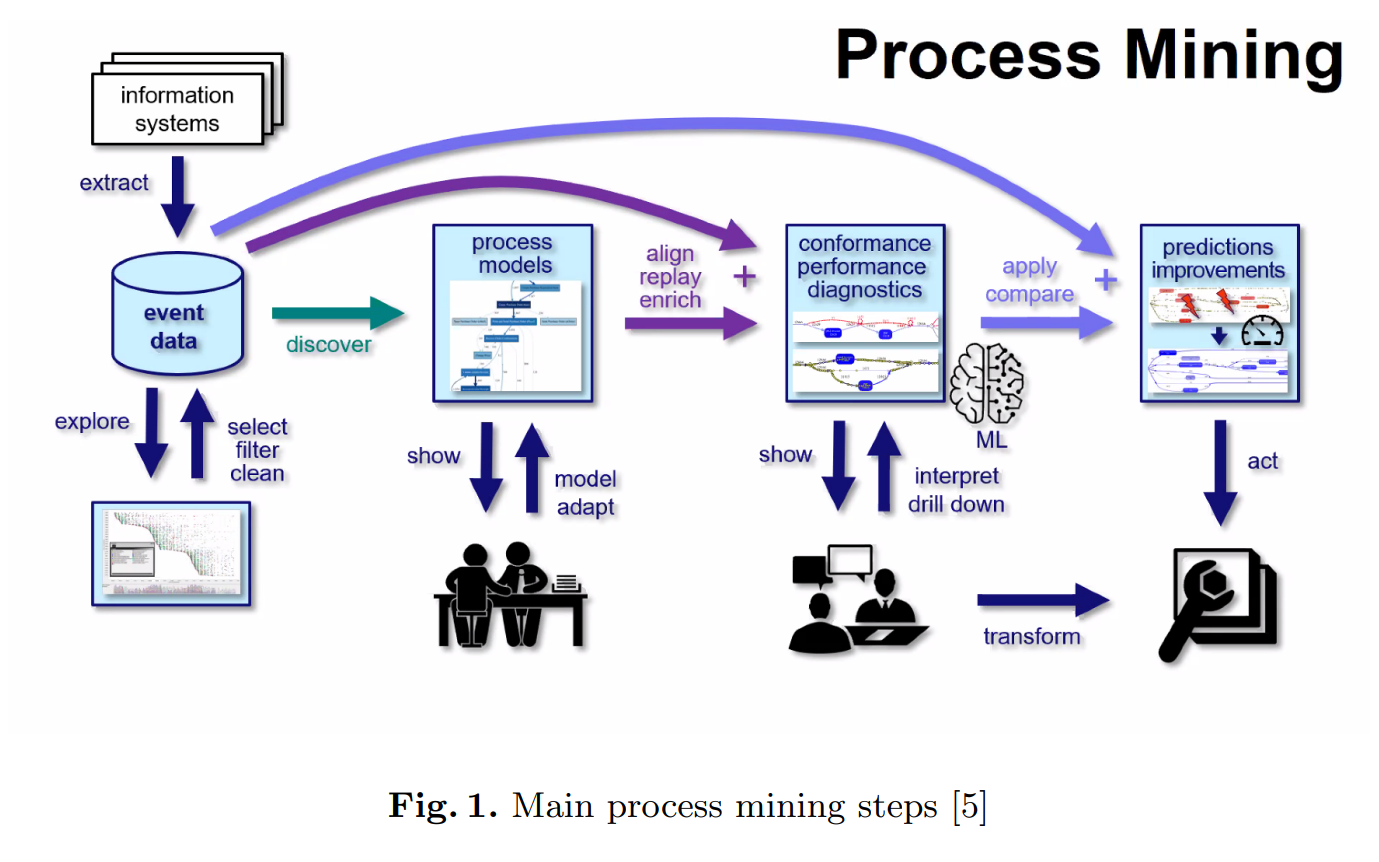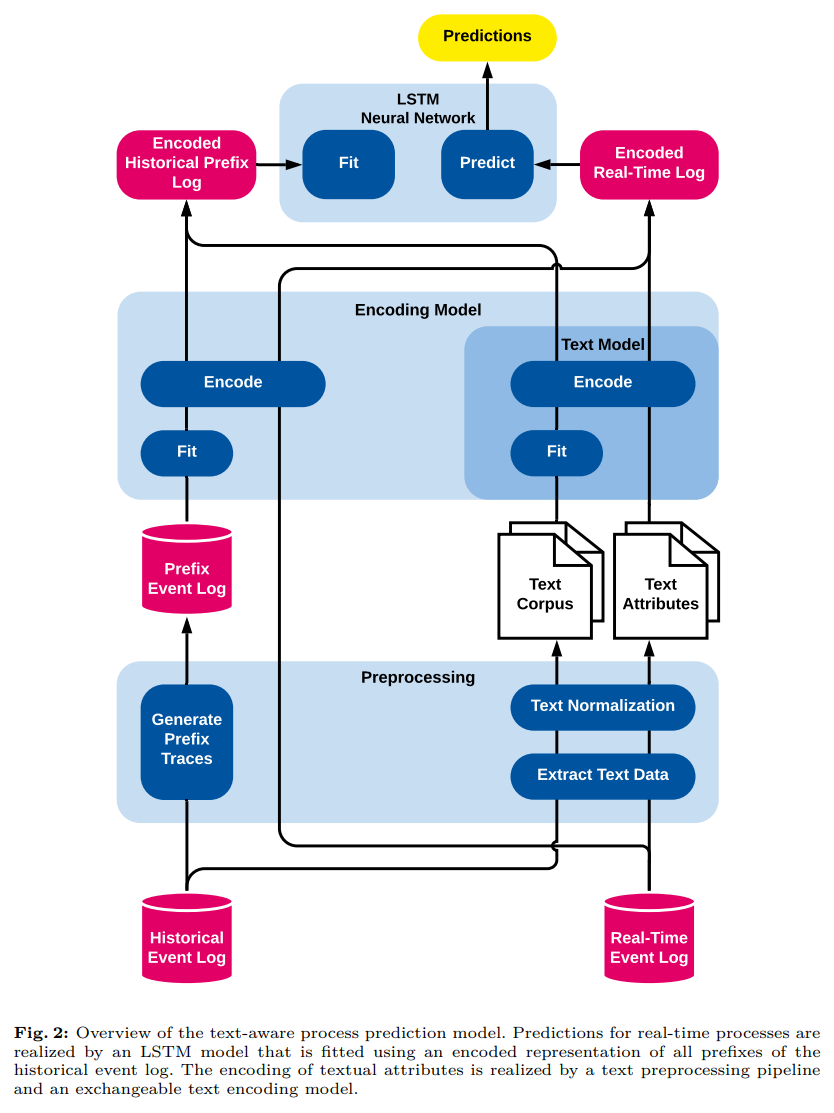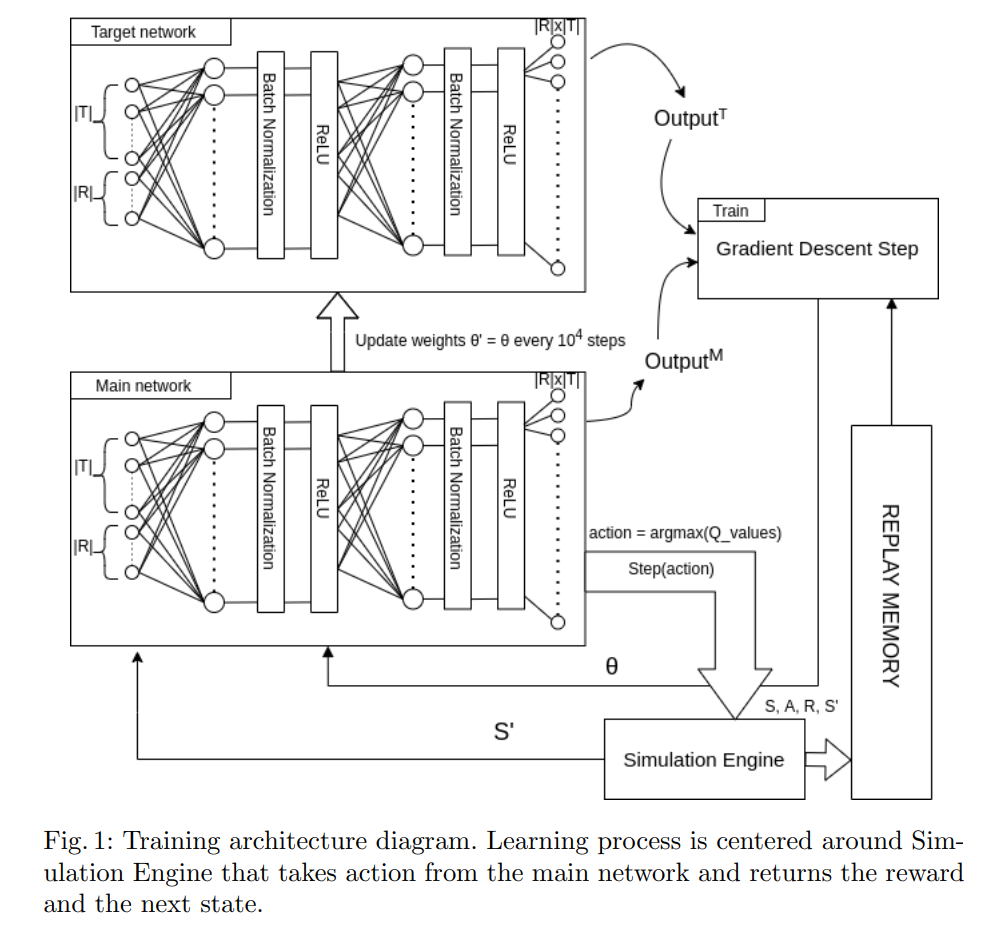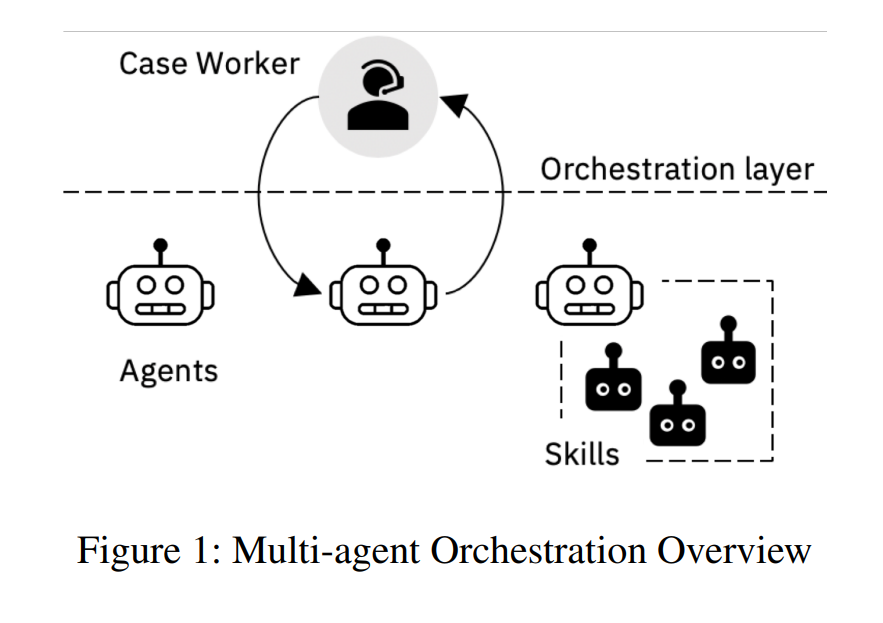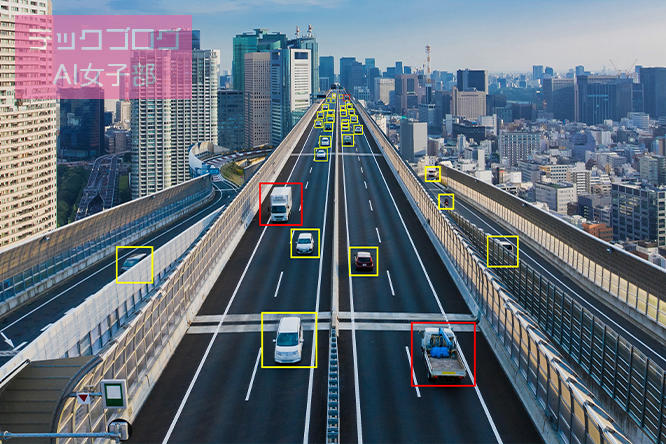
・ビジネスプロセスのデジタル化に興味がある方
・効率の良いプロセスの自動化を検討されている方
・バックエンド業務の工数を削減したい方
Time needed to finish reading this article
5 minutes
Introduction
The word DX has become popular in the media, and Japanese companies are promoting efficiency improvements and digitalization of operations.
In terms of business automation, methods such as RPA, DPA, and BPA are being considered. In the field of process automation, research is being conducted on a daily basis, and various examples are being adopted in many cases, including overseas.
Therefore, this time, we will focus on the automation of back-end operations, and introduce three research cases and application cases related to the improvement of "business processes" in particular.
What is backend business?
Back-end operations refer to operations performed behind the scenes with little customer contact, just like the word "back-end" means behind the scenes or hidden behind. Back-end operations include accounting processing, data processing within an organization, document management and processing, and optimization of work within an organization.
process mining
As DX has been promoted, an increasing number of companies are working to automate or streamline their business processes. As a result, many methods, tools, and services have emerged to make it easier to optimize operational efficiency.
"Process mining" is one of the back-end operations that visualizes the work process using data obtained from each work process and analyzes how it can be improved. By implementing process mining, it is possible to identify business bottlenecks and inefficient processing or work, which not only improves work processes, but also leads to corporate DX promotion and KPI improvement.
Another reason for the popularity and popularity of process mining is the growing interest in digital twins of an organization (DTO). Process mining, which enables process visualization, has become a key component in enabling organizations to create digital twins that create more flexible, dynamic and responsive processes.
Source: Data-Enhanced Process Models in Process Mining
Caption: Fig. 1. Main process mining steps [5]
https://arxiv.org/pdf/2107.00565.pdf
The mining process that extracts information from data is often created independently according to the purpose of programming, but process mining is also released as a library that can be used with the programming language "Python", which is often used in machine learning. It has been.
"PM4PY" is one of the libraries specialized for process mining.
By using this library, it is possible to create a process mining program more easily without having to create your own program from scratch. Since the emergence of such libraries, the demand and popularity of process mining has increased globally.
Process mining has been rapidly spreading to major companies in Europe since the 2010s, but in Japan, the awareness of process mining is still low and there are few specialists.
However, in line with the global attention, activities to popularize process mining are gradually progressing, such as the establishment of associations in Japan for the purpose of improving recognition, sharing practical know-how, and training specialized human resources.
Predictive monitoring using text data of business processes
Process mining utilizes documents (text files) that store knowledge and information related to business.
For example, event logs obtained from ERP (Enterprise Resource Planning), which comprehensively manages operations, and logistics data obtained from SCM (Supply Chain Management), which comprehensively manages logistics.・It is subject to mining.
Although the format differs depending on the system from which the data is obtained, most of the data is text data that can be expressed as a table containing transaction IDs, business IDs, time stamps, processing results, etc., and chronologically showing production and transaction volumes. It is often text data that is mainly numeric.
Therefore, conventional process mining methods are good at structured numerical data and categorical data as described above, and data created in natural language such as e-mails and documents hold important information. There were limitations in making accurate predictions when
In other words, process mining was possible when each process of work was recorded as an event log in the form of numerical values and tables (table data), but especially when such logs were not recorded and documented in sentences It was difficult to make use of that data.
In order to overcome such limitations, in the paper "Text-Aware Predictive Monitoring of Business Processes" by the PADS (Process and Data Science) research group of RWTH Aachen University in Germany, which is authoritative in the world of process mining, natural language A new method has been proposed that combines a model and a recursive model that can handle time series data. So far, the method that crosses the fields of natural language processing and process mining is rare and has been shown to be useful.
In fact, when we evaluated this method using real-world process data (such as event logs), we were able to demonstrate better performance than state-of-the-art process mining methods due to the wider range of data that can be handled. that's right. By using this method, especially in Japan, process mining is not yet common, and I think that even companies are not able to acquire sufficient business data in an appropriate form. In such a case, I think that it is possible to utilize a method that can also be used for process mining with this natural language.
Source: Text-Aware Predictive Monitoring of Business Processes
Caption: Fig. 2: Overview of the text-aware process prediction model.
https://arxiv.org/pdf/2104.09962.pdf
Business process optimization
Business Process Management (BPM) is a term we hear a lot these days, and it may be more common than process mining, which is one aspect of BPM.
BPM is a back-end operation to get closer to the ideal business process based on corporate strategy by going through the PDCA cycle to grasp, monitor, execute and further improve the current status of the business.
Now that remote work has spread, it has become a central element of work style reform. In addition, along with the evolution of the times, the use of applications has increased due to the introduction of systems and the automation of work, the amount of unattended events has increased, and the amount of data that can be the target of BPM has also increased. While leveraging such data has made BPM easier, changing business requirements and unpredictable environmental factors have also impacted BPM.
Therefore, AI will also be utilized in BPM, and the value of BPM will increase more and more due to the improvement of prediction accuracy of AI, and the demand in the BPM industry is expected to approach 16 billion dollars by 2023. This suggests that there is a demand for deriving the optimal business process to ensure the execution of corporate strategies, and it is possible that many companies will use BPM as a back-end operation that supports companies.
Resource Allocation by AI Utilizing Deep Reinforcement Learning
Allocating and managing the resources (assets) needed to support an organization's strategic goals is a critical back-end task. Companies need to make the most of limited resources, including tangible and intangible assets, to maximize profits. Therefore, resource distribution is an important process from the perspective of BPM. BPM Automating and streamlining resource allocation has gained more attention over the last decade, with the increasing attention and popularity of , which is reflected in the number of scientific papers published.
AI in Poland with specialized faculties of AI The "Deep Reinforcement Learning for Resource Allocation in Business Processes], for the purpose of resource allocation in the business process, Double application of deep reinforcement learning is proposing.
Automation for resource allocation has so far used rule-based algorithms and LSTMs corresponding to time series such as AI Models, and in recent years, reinforcement learning models that can learn actions that maximize value have been utilized.
Deep reinforcement learning is a model that utilizes deep learning to make decisions that maximize value.
So, for example, a list of tasks related to a particular business process that we want to allocate resources to, we use the data for deep reinforcement learning to create a policy for allocating resources for each task, taking into account multiple eligibility of the business process. It is possible to
The novelty of the method in this paper lies in the double application of the deep reinforcement learning network, making it possible to significantly improve accuracy compared to previous methods.
Source: Deep Reinforcement Learning for Resource Allocation in Business Processes
Caption: Fig. 1: Training architecture diagram.
https://arxiv.org/pdf/2104.00541.pdf
Business process automation
Conversational assistant framework for automation
Business Process Automation (BPA) is a fast growing multi-billion dollar industry. A system that can select actions according to the environment in which it is placed is called an autonomous agent. With the introduction of this autonomous agent, workers can avoid doing dangerous tasks and save workers' time and brains. can be used for creative and engaging tasks.
However, the ability for users to monitor the performance of autonomous agents and customize their execution is critical to the success of such autonomous agent deployments.
A Unified Conversational Assistant Framework for Business Process Automation, published by IBM's Institute of AI, discusses the types of skills that can be configured into autonomous agents and how these autonomous agents can be automated, as well as We introduce a multi-agent framework for developing conversational assistants that support multiple functionalities, such as natural language data retrieval, autonomous execution of tasks in business processes, and alert notification. As the spread of autonomous agents progresses, it will be possible to focus on tasks that cannot be automated and require human creativity and brains, which will lead to further optimization of business processes even in backend operations.
BPAのための会話アシスタントのフレームワークは、図に示すように、スキル、エージェント、オーケストレーターの3つの主要コンポーネントで構成されています。
Source: A Unified Conversational Assistant Framework for Business Process Automation
Caption: Figure 1: Multi-agent Orchestration Overview
https://arxiv.org/pdf/2001.03543.pdf
Skills perform defined tasks, and autonomous agents are made up of skills that fall into three main categories: comprehension skills, behavior skills, and response skills.
The Orchestrator coordinates among the autonomous agents and decides which autonomous agents should run in order to successfully respond to the user.
An autonomous agent's ability to respond to a user can return more accurate and performant autonomous actions by keeping a score of answers inside the orchestrator.
The score indicates "how confident you are", and based on this score the orchestrator selects one or more agents, executes the response, and returns it to the user.
IBM 's "A Unified Conversational Assistant Framework for Business Process Automation", which made this proposal, is an implementation example of an assistant that simplifies the pre-application and approval process for business travel expenses within Slack based on such a framework. Introduced.
This business trip pre-application/approval is utilized as business process management software that incorporates a chatbot. We judge applicants and approvers, determine which process is currently in the application/approval phase corresponding to each, and provide support to simplify application/approval operations.
Summary
This time, I introduced three research cases and application cases related to the automation of back-end operations, especially the improvement of "business processes".
Back-end operations are absolutely necessary when doing business, but they are a business area that can be automated in many parts. It may be difficult to replace humans in everything, but I can see that the support for making more use of human knowledge and creativity at the core of business is progressing based on research like this. I was.
In the future, with the acceleration of Web 3.0 and the evolution of the Metaverse, it is believed that technology for improving business processes will evolve further. It is hoped that smarter back-end operations will lead to smarter business flows, bringing us closer to creating a better society.
|
■ Sources of content and papers introduced on this page / References Marco Pegoraro, Merih Seran Uysal,David Benedikt Georgi, and Wil MP van der Aalst,Process and Data Science chair, RWTH Aachen University, Aachen, Germany,“Text-Aware Predictive Monitoring of Business Processes”,Fig. 2. : Overview of the text-aware process prediction model.,
Yara Rizk, Abhishek Bhandwalder, Scott Boag, Tathagata Chakraborti, Vatche Isahagian, Yasaman Khazaeni, Falk Pollock, Merve Unuvar, IBM Research AI ,“A Unified Conversational Assistant Framework for Business Process Automation ”,Figure 1: Multi-agent Orchestration Overview, |

